7 Secrets to Choosing the Best Commercial Overhead Doors for Your Business
When it comes to running a successful business, the importance of effective logistics and operational efficiency cannot be overstated. A crucial element in achieving this goal lies in the selection of the right commercial overhead doors. The commercial overhead door market is projected to reach $13.2 billion by 2027, driven by the increasing demand for energy-efficient and secure access solutions across various industries. These doors not only enhance the aesthetic appeal of your facility but also play a significant role in improving safety and operational workflow. Moreover, studies indicate that businesses utilizing high-quality commercial overhead doors can reduce energy costs by up to 30%, highlighting their importance in sustainability efforts. Making an informed choice in this aspect can lead to significant long-term benefits for your enterprise, making it essential to understand the various factors at play.
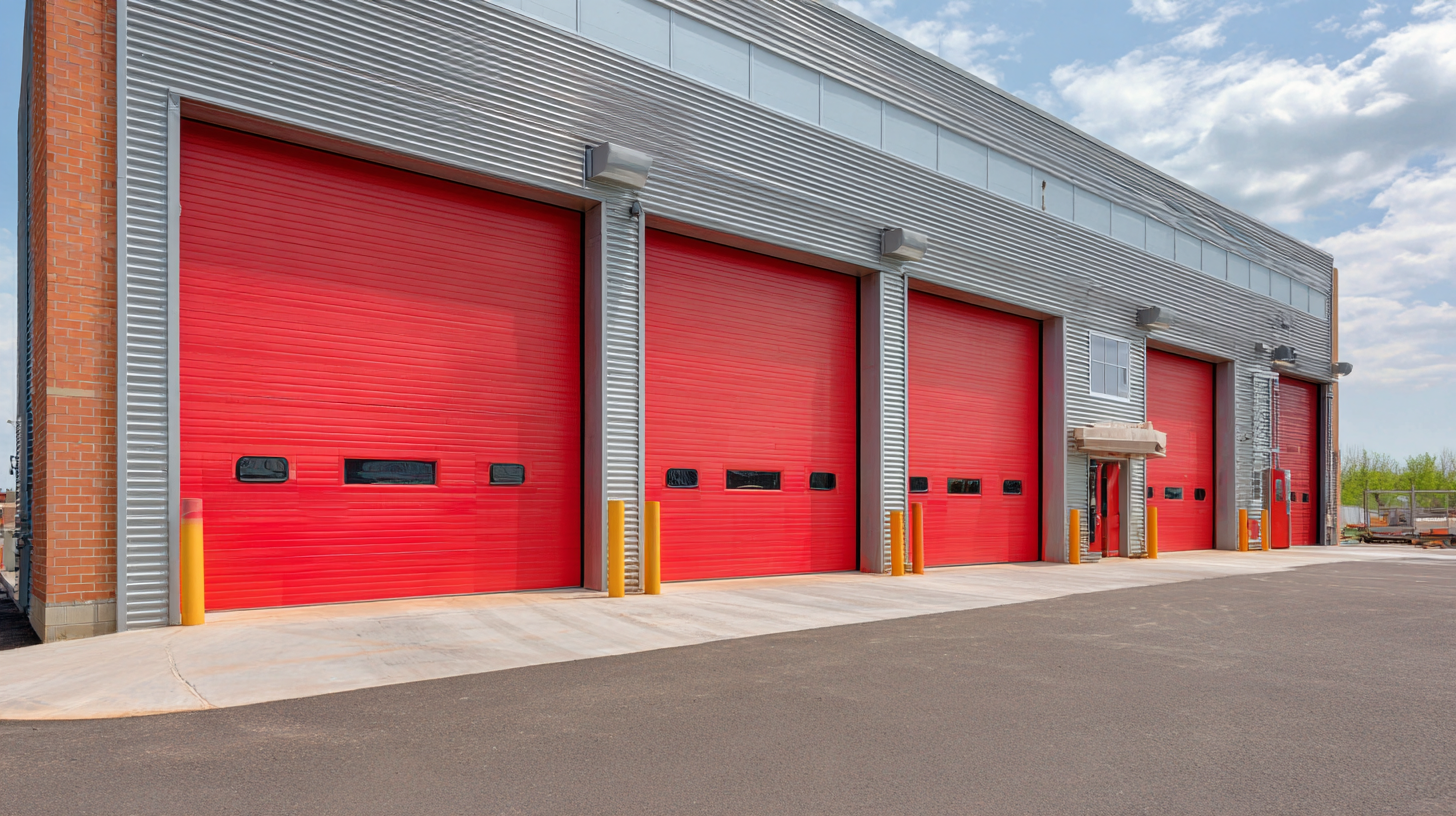
Understanding Different Types of Commercial Overhead Doors and Their Uses
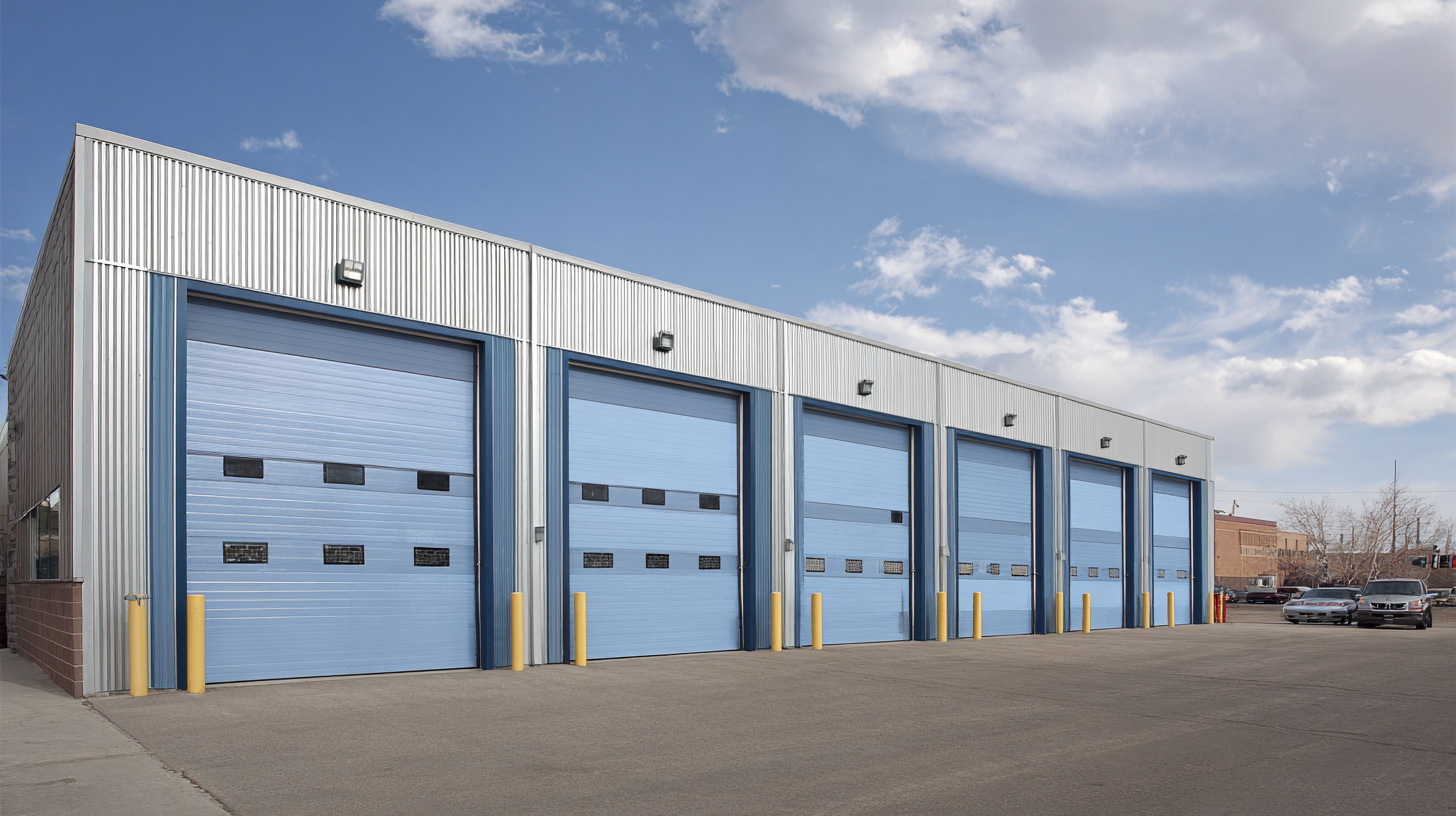 When selecting commercial overhead doors for your business, understanding the various types and their specific uses is essential. There are primarily three types of overhead doors: sectional, rolling, and high-speed doors.
Sectional doors are highly versatile, made up of panels that move along a track. They are ideal for warehouses and loading docks due to their excellent insulation properties and security features.
Rolling doors, on the other hand, are designed for convenience and speed, making them perfect for retail and quick-access areas where efficiency is critical.
When selecting commercial overhead doors for your business, understanding the various types and their specific uses is essential. There are primarily three types of overhead doors: sectional, rolling, and high-speed doors.
Sectional doors are highly versatile, made up of panels that move along a track. They are ideal for warehouses and loading docks due to their excellent insulation properties and security features.
Rolling doors, on the other hand, are designed for convenience and speed, making them perfect for retail and quick-access areas where efficiency is critical.
High-speed doors are another option, engineered for rapid operation and durability, catering to facilities that require frequent access while maintaining temperature control. Such doors are commonly used in food processing or medical industries where hygiene and climate control are paramount.
By analyzing the specific needs of your business, including factors like frequency of use, security requirements, and environmental conditions, you can make an informed decision that will enhance operational efficiency and security.
Key Factors to Consider When Selecting Overhead Doors for Your Business
When selecting overhead doors for your business, several key factors should guide your decision-making process. First, consider the material of the door. Different materials, such as steel, aluminum, and wood, offer various benefits in terms of durability, insulation, and aesthetic appeal. For example, steel doors are known for their strength and security, making them ideal for warehouses and commercial spaces that require enhanced protection. On the other hand, aluminum doors are lightweight and resistant to rust, which can be beneficial for businesses in coastal areas.
Another crucial factor to consider is the door's insulation properties. Depending on your business’s needs, you may require overhead doors that provide superior thermal insulation to regulate temperature and reduce energy costs. Insulated doors are essential for businesses that handle temperature-sensitive products, such as food storage facilities or pharmaceutical companies. Additionally, evaluating the door's operational mechanism—whether it's manual or automatic—is vital for efficiency and convenience. Automatic doors can improve workflow and provide ease of access, particularly for high-traffic areas. By carefully assessing these factors, you can select overhead doors that not only meet your business requirements but also enhance operational efficiency.
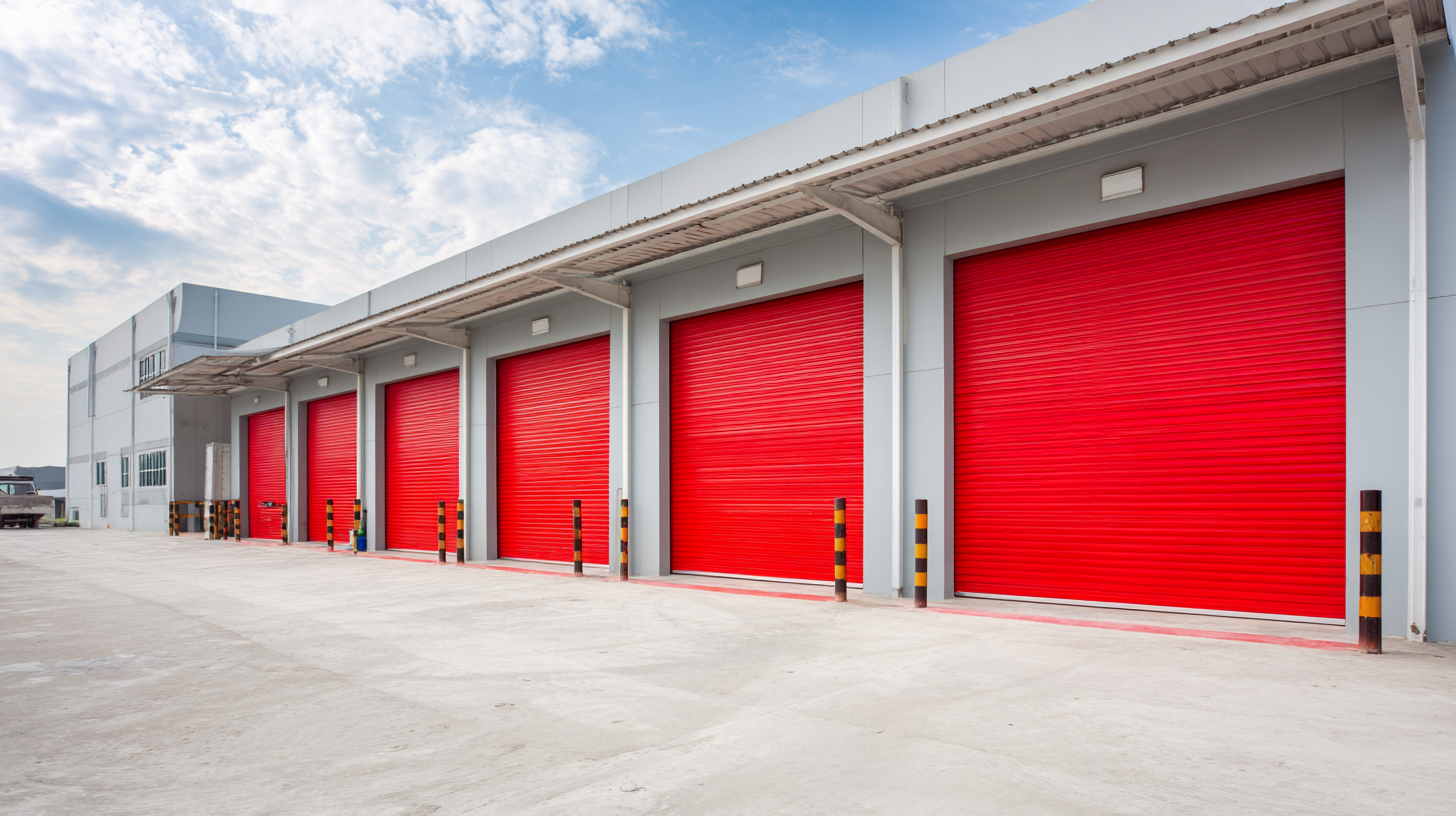
The Benefits of Insulated vs. Non-Insulated Overhead Doors
When selecting commercial overhead doors, one of the crucial considerations is whether to opt for insulated or non-insulated models. Insulated overhead doors are designed to offer superior thermal efficiency, which is particularly beneficial for businesses that require temperature control. These doors help maintain a consistent internal environment, reducing energy costs and providing comfort for employees and customers alike. Insulation also acts as a barrier against external noise, creating a quieter workspace, which can be a significant advantage for businesses located in bustling areas.
On the other hand, non-insulated overhead doors tend to be more cost-effective upfront and are suitable for businesses that do not require strict temperature regulation. They can be an excellent choice for warehouses or storage facilities where climate control is not a priority. However, it's essential to consider the long-term implications of not investing in insulation, as the potential for higher energy bills and product deterioration due to uncontrolled temperature fluctuations could outweigh initial savings. Ultimately, assessing the specific needs of your business and the environment in which your overhead doors will operate is key to making the right choice.
7 Secrets to Choosing the Best Commercial Overhead Doors for Your Business - The Benefits of Insulated vs. Non-Insulated Overhead Doors
| Feature | Insulated Doors | Non-Insulated Doors |
|---|---|---|
| Energy Efficiency | High | Low |
| Cost | Higher initial investment | Lower initial investment |
| Maintenance | Requires occasional checks | Requires frequent checks |
| Noise Insulation | Better soundproofing | Less soundproofing |
| Temperature Control | Excellent | Poor |
| Lifespan | Longer lifespan | Shorter lifespan |
| Application Suitability | Ideal for climate-sensitive areas | Suitable for less sensitive environments |
Assessing Durability and Maintenance Needs in Commercial Door Selection
When selecting commercial overhead doors, assessing durability and maintenance needs is crucial for ensuring long-term performance. It’s important to consider the materials used in the door’s construction. For instance, steel doors typically offer higher durability against wear and tear, whereas aluminum doors are lightweight yet still resistant to corrosion. Always check the door’s insulation properties as well; better insulation not only details energy efficiency but also contributes to overall durability against climatic conditions.
Tip: Regular maintenance can significantly prolong the life of your doors. Schedule routine inspections to identify potential issues like wear and tear on tracks, springs, or weather stripping. Keep mechanical components lubricated to prevent friction damage, and make sure that all seals are in good condition to avoid air and dust leaks.
Another critical factor is the door's compatibility with your business operations. Consider how often the door will be used and the typical load it will carry. High-frequency usage and heavy loads necessitate doors designed for high durability, while lighter-duty options may suffice for less demanding environments.
Tip: Invest in doors with a warranty that covers both structural integrity and mechanical parts, as this can save costs on future repairs and ensure you have support in maintaining performance standards.
How to Balance Cost and Quality When Choosing Overhead Doors
When choosing commercial overhead doors for your business, balancing cost and quality is crucial. Research indicates that the average startup cost for a business in the U.S. is around $40,000, emphasizing the importance of smart investments in essential fixtures like overhead doors. While it may be tempting to opt for the cheapest option, a focus on quality can prevent costly repairs and replacements in the future.
**Tip 1:** Evaluate the materials of the doors. Steel doors offer durability and security, while insulated options can help reduce energy costs. Investing in high-quality materials may come with a higher upfront cost but can ultimately save your business money.
In addition, as the market faces challenges with pricing standards, it is essential to do thorough research. Look for reputable suppliers who can provide transparent pricing and ensure you are not compromising on quality for the sake of lower costs.
**Tip 2:** Always consult with multiple vendors to compare not only prices but also features and warranties. Understanding the long-term value of your purchase will help in making a well-informed decision that aligns with your business's financial goals.
Related Posts
-
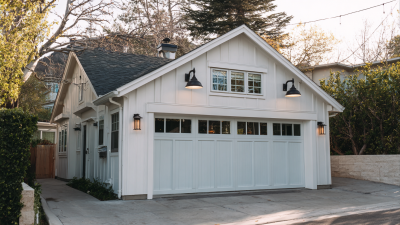
Ultimate Guide to Choosing the Best Garage Door with Door for Your Home
-
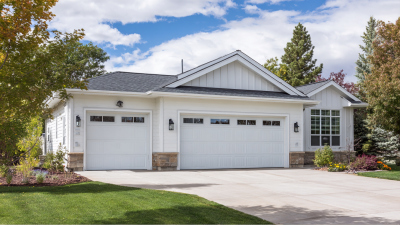
5 Best Garage Door Options for Boosting Your Home's Curb Appeal
-
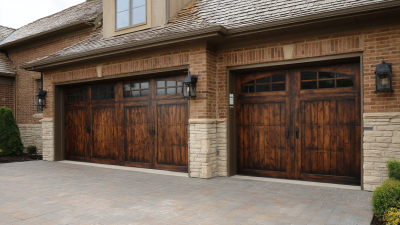
What are the Benefits of Choosing Wood Look Garage Doors for Your Home
-

7 Compelling Reasons to Choose a Double Garage Door for Your Home Upgrade
-

Ultimate Guide to Choosing the Best 10x10 Garage Door for Your Home
-

How to Choose the Perfect Glass Garage Doors for Your Home: A Comprehensive Guide with Industry Insights
